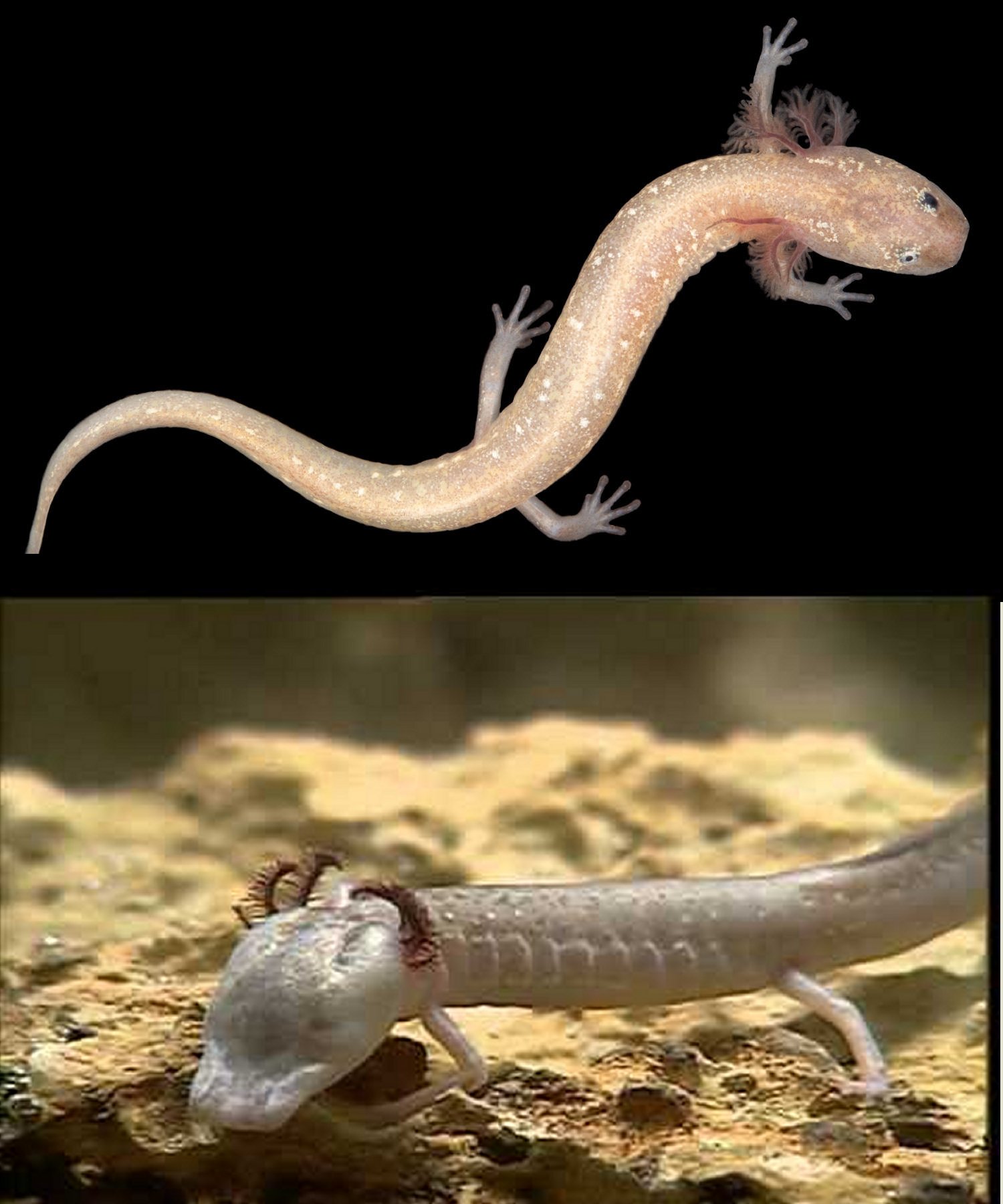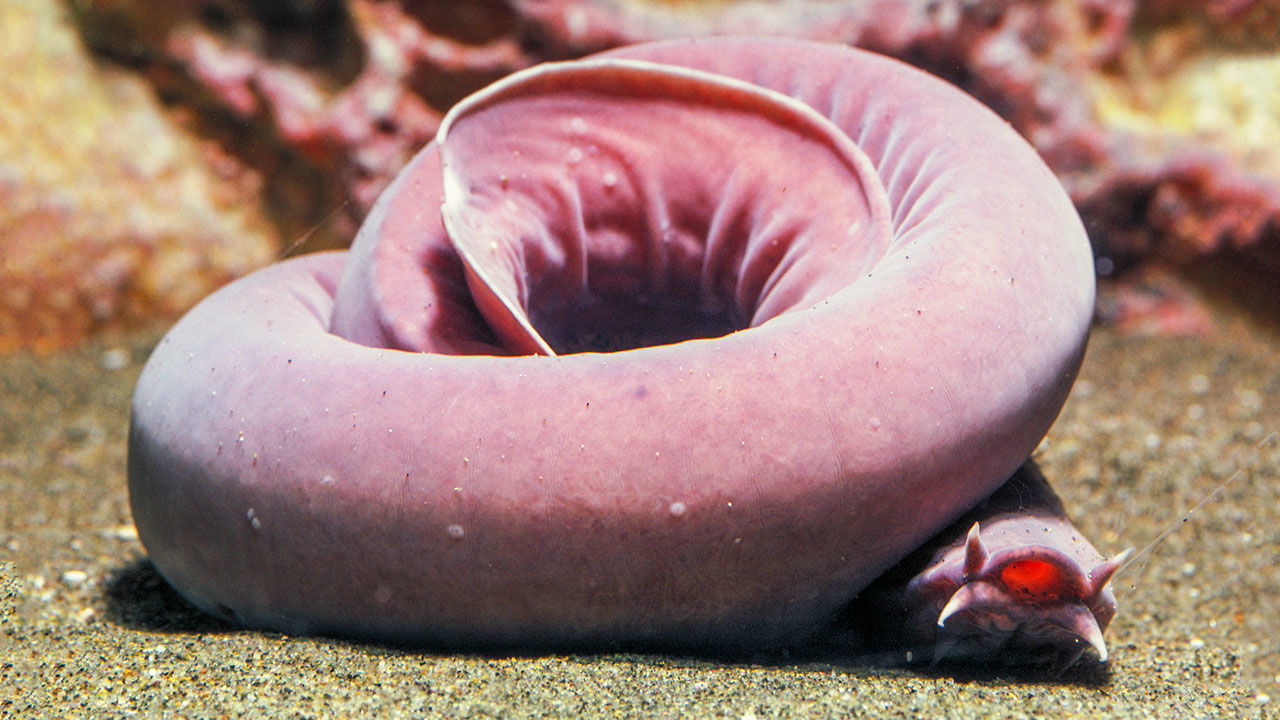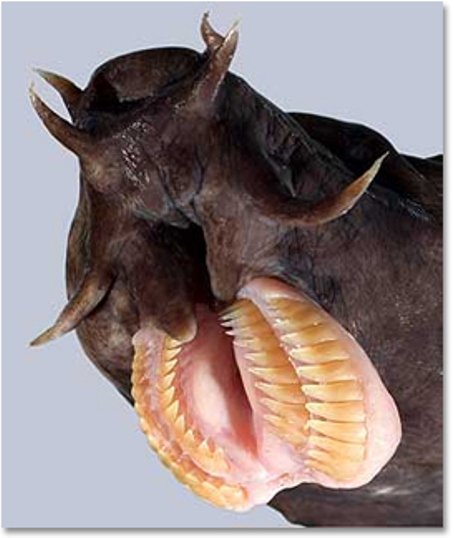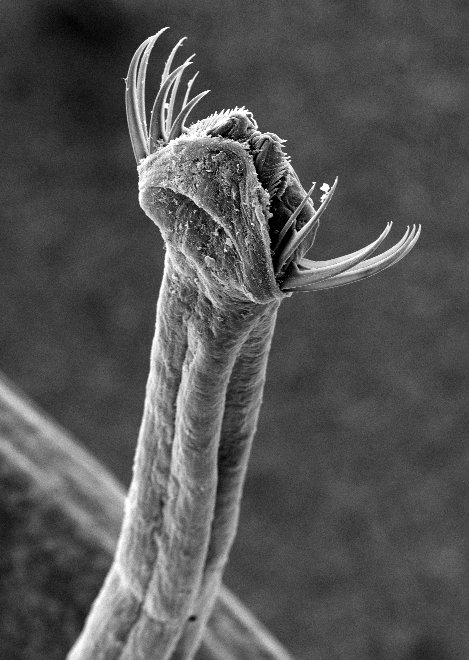Our planet is home to more than a million different species of insect, all of whom seem strange and alien to we humans. There are some species however whose lives are unusual even compared to those of other insects and somewhere near the top of that list must be the periodic cicada. Cicadas are those beautiful but noisy creatures who seem to vanish for several years and then suddenly appear by the millions for only a few weeks in the spring.
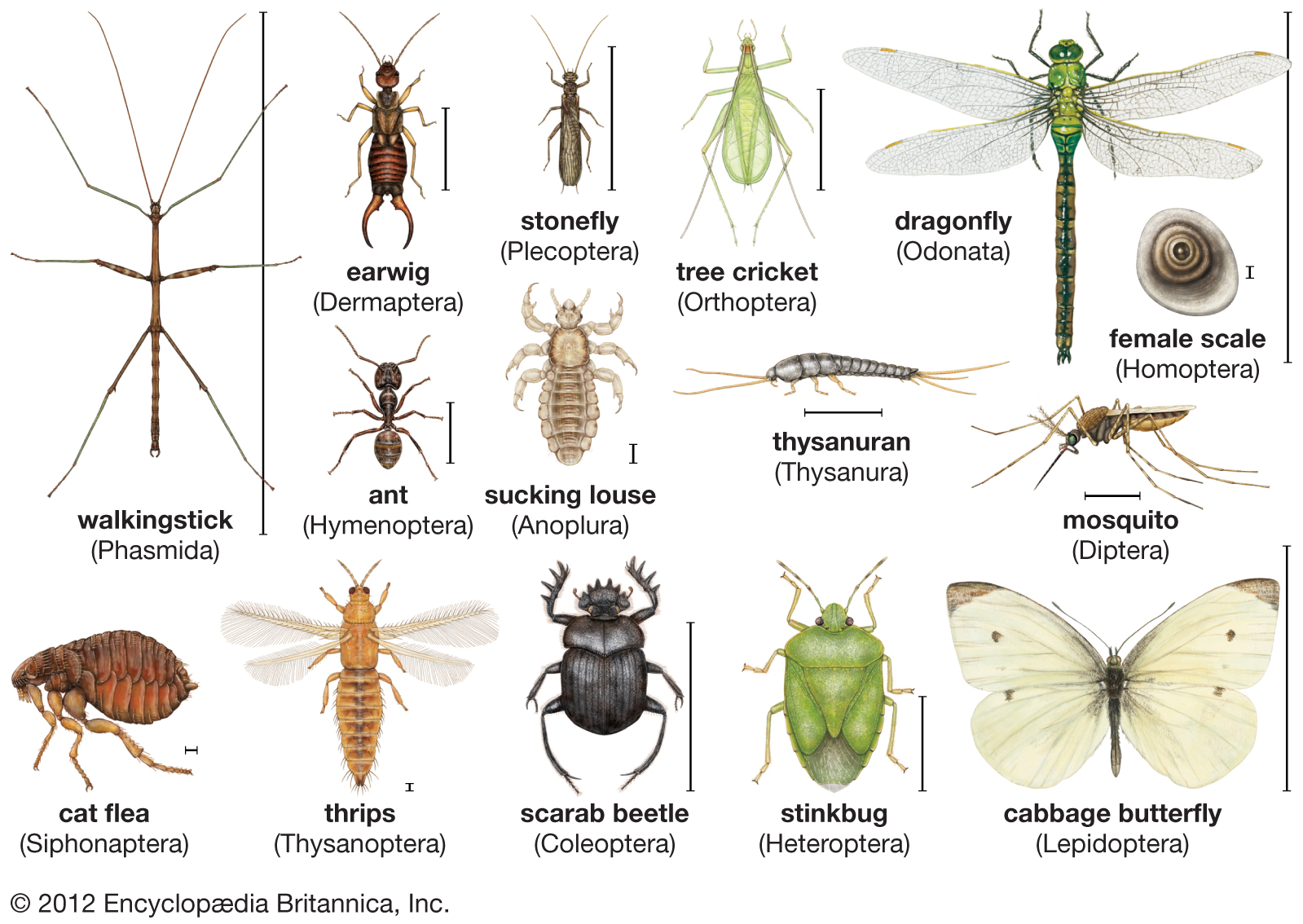
Cicadas are a large and widespread group of insects numbering over 3000 species worldwide. With large eyes set far apart and membranous front wings cicadas mainly live by sucking the sap from the trees in which they typically live and where they lay their eggs. Cicadas are also known by the loud drumming noise made by the male that is used as a mating lure and produced by rhythmic vibrating of their body.
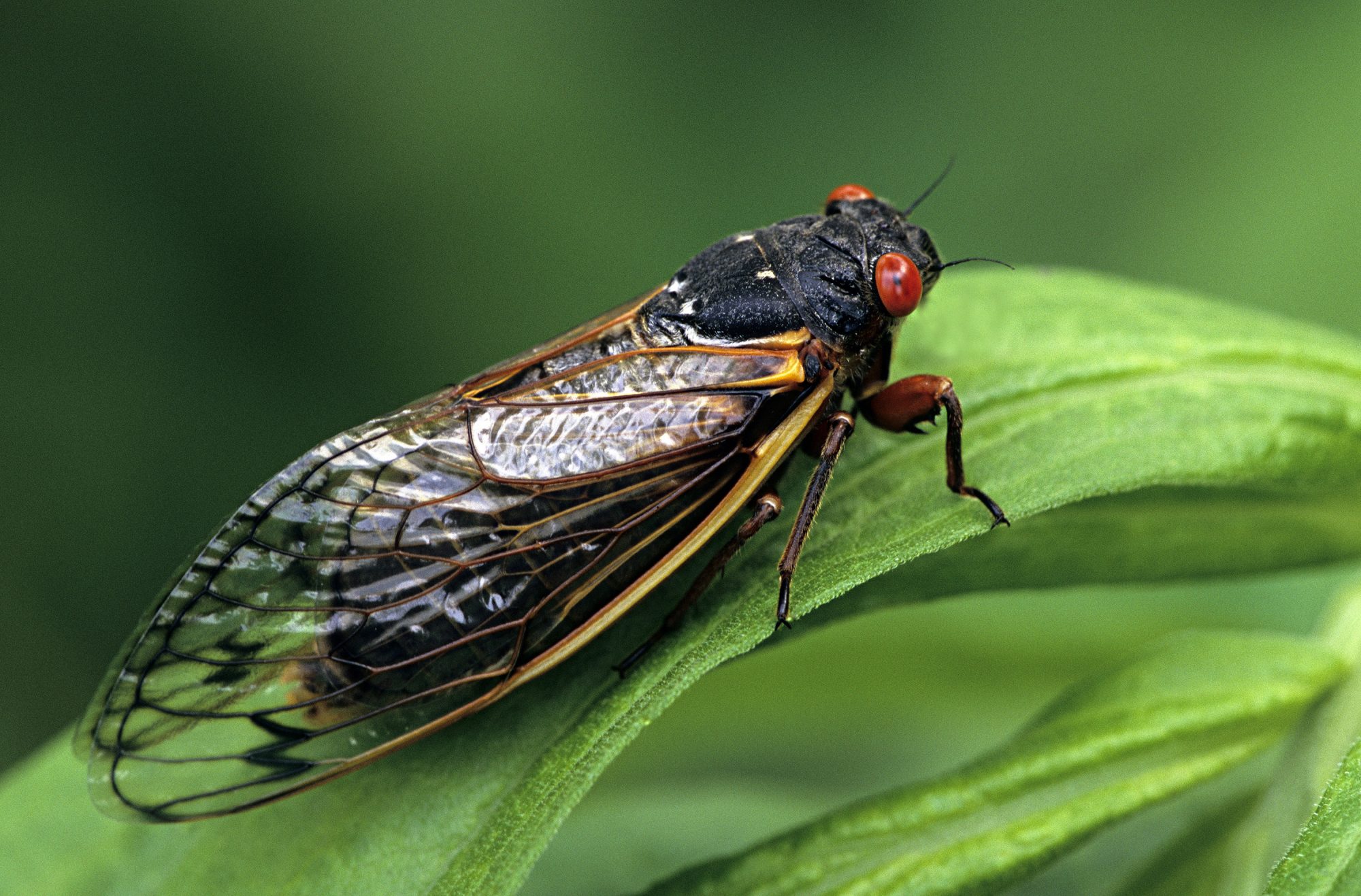
One genus of cicada native to eastern North America lives virtually its entire life underground as immature nymphs feeding off the sap in the roots of trees. These species only metamorphose into adults and emerge from the soil in order to breed. In fact these adults usually lack a mouth and digestive systems and are therefore unable to consume nourishment in any way. Some species, known as annual cicadas remain underground for 7-9 years typically with a fraction of the nymphs emerging every year in order to breed.
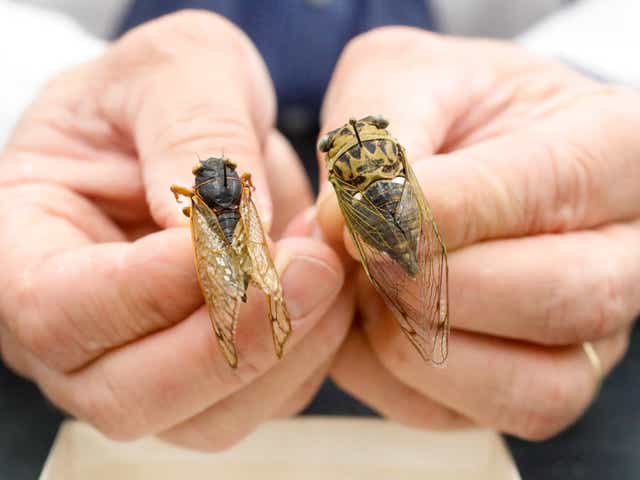
Strangest of all are the periodic cicadas; members of the genus Magicicada who remain underground for either 13 or 17 years and who then emerge by the billions. In each of these types there are several broods centered in different parts of the country and this is the year for one of the biggest, Brood X of the 17 year cicada.

Biologists have been hotly debating the evolutionary reason behind such an unusual life cycle for a long time, especially the question of how the prime numbers 13, and 17 became the most common time frame. One argument is that by suddenly appearing by the billions the cicadas, who have absolutely no means of defense, simply overwhelm their predators with sheer numbers. Insect eating birds and other animals can consume their fill and there will still be billions of cicadas left to produce the next generation.

This strategy is known as ‘predator saturation’ and the reason for the prime number of years in the cicada’s lifespan is that it makes it harder for a predator species to synchronize their own breeding to that of the cicadas. For example if the cicadas emerged every four years then Blue Jays or Crows might be able to evolve to lay more eggs every four years, producing more offspring during the years of cicada breeding so as to take advantage of the extra bounty available to feed their own young. Some researchers also think that the long period timing may have developed during the ice ages when living underground may have been a considerable advantage.

Either way there is now evidence that global warming may be affecting the timing of some individuals within each brood. You see biologists think that cicadas keep track of how long they’ve been underground by counting the number of times that tree sap starts rising from the roots into the tree proper. Thanks to global warming over the last few decades the eastern US has had several ‘false springs’ where it got so warm in January or February that some trees started to sprout only to have a later frost put an end to the early growth. Did some cicadas count those false springs as an extra year? Well, what is known is that a small number of Brood X cicadas emerged in 2017 in the area of Washington D.C., four years too early.

Cicadas have been around since at least the Permian period however, and with thousands of species and many billions of individuals they could very well outlast the human race.
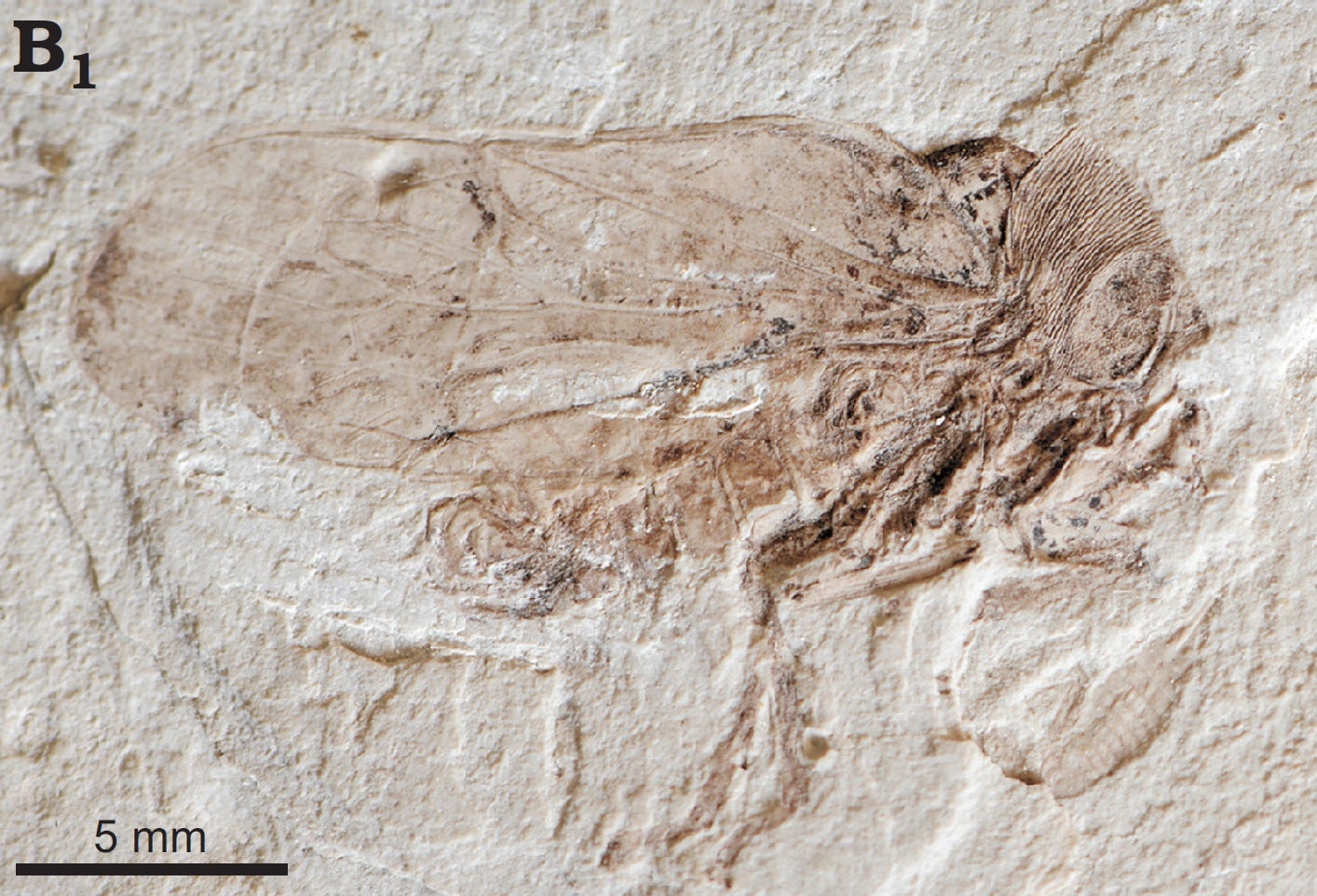
So if you live in along the US east coast between Pennsylvania and Georgia and as far west as Indiana keep your ears listening this spring, it’s usual to hear cicadas before you see them remember. If you do you may encounter one of the strangest and wonderful of Earth’s living creatures, the 17 year cicada.


